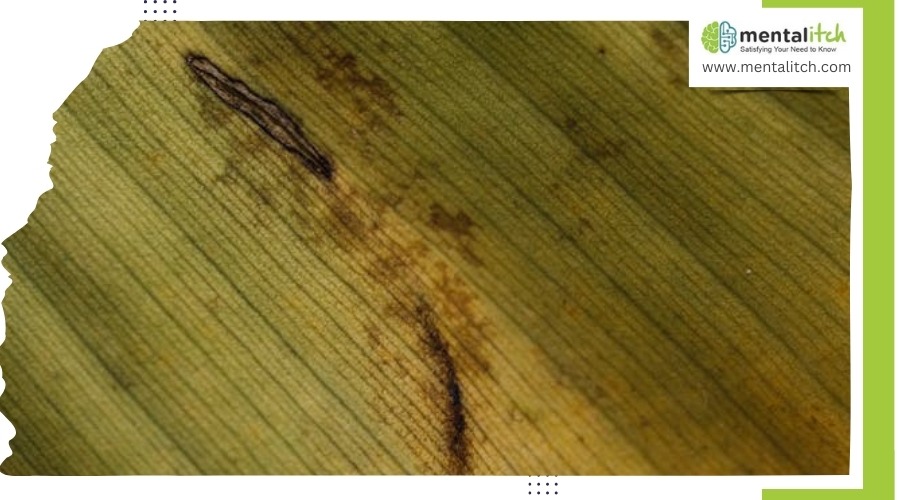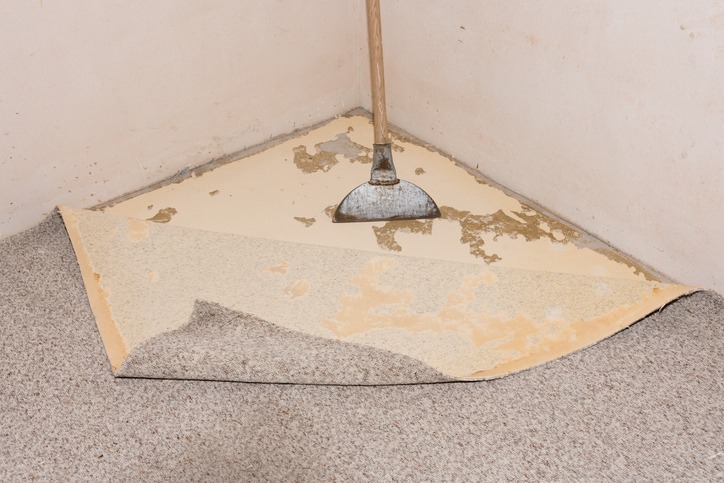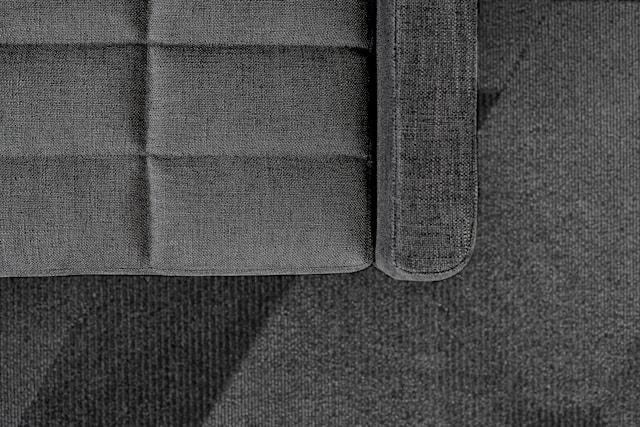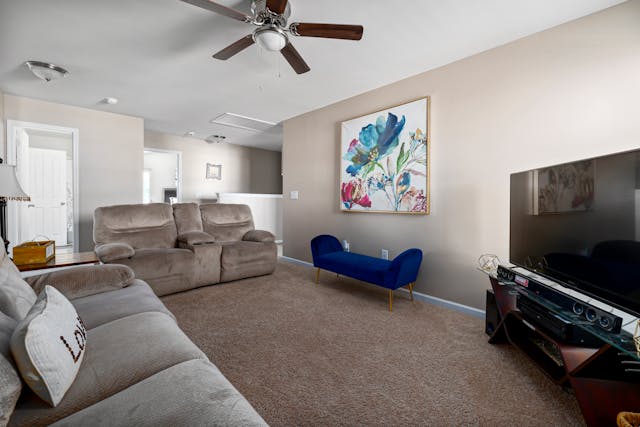Like a well-trodden path through a once lush forest, your carpet may no longer offer the comfort or appearance it once did. If you’ve noticed persistent stains that refuse to disappear despite your best cleaning efforts, or if the once plush fibers now resemble a flattened landscape, it’s time to consider a change.
Allergies flaring up more than usual can also be a telltale sign that your carpet harbors more than just memories. But how do you discern between a carpet that needs a thorough cleaning and one that’s due for a replacement?
Let’s explore the signs that suggest it’s time to bid farewell to your old carpet, and welcome a new foundation to your home’s comfort and style.
Persistent Stains
When your carpet’s plagued by stubborn stains that just won’t budge, it’s a clear sign you might need a new one. These persistent stains, resistant to all your cleaning efforts, are more than just an eyesore. They often signal that the blemishes have penetrated deep into the carpet fibers, making them incredibly difficult to remove. It’s not just about the appearance; these deep-set stains can signify your carpet’s health is compromised, edging closer to the end of its lifespan.
Repeated attempts to clean these spots may offer temporary relief, but when they reappear shortly after cleaning, it’s a telltale sign of the damage being too profound. The cycle of stains vanishing and then making an unwelcome return suggests that the fibers of your carpet have been irreversibly affected. Beyond aesthetics, this situation raises concerns about the hygiene of your living space.
At this point, replacing your carpet becomes more than an aesthetic choice; it’s a necessary step for a fresh, clean start. Lingering stains not only mar the look of your home but also compromise its cleanliness, making the decision to replace your carpet an essential move for maintaining a pleasant and healthy environment.
Water Damage Signs
Moving on from persistent stains, let’s tackle another critical sign it’s time for a new carpet: water damage. If you’re noticing a constant musty odor or your carpet has unsightly discoloration and stains, it’s a clear warning sign.
These issues often stem from water damage, which can compromise not just the aesthetic but also the structural integrity of your carpet.
Persistent Musty Odor
A lingering musty odor in your carpet often indicates underlying water damage. Despite your best cleaning efforts, if you’re still greeted by musty odors every time you walk into a room, it’s likely a sign of mold or mildew growth beneath your carpet. This persistent smell suggests that water damage has deeply affected your carpet, making it difficult to eliminate the odor completely.
| Sign | Cause | Solution |
|---|---|---|
| Musty Odor | Water Damage | Investigate & Repair |
| Persistent Smell | Mold Growth | Professional Cleaning |
| Unsuccessful Cleaning | Deep-Set Mildew | Consider Replacement |
| Health Concerns | Mold Exposure | Immediate Action |
Discoloration and Stains
While cleaning can often remove temporary blemishes, persistent discoloration and stains from water damage usually signal it’s time to consider a new carpet. When faced with water damage, it’s crucial to assess the extent of the impact on your carpet.
- Visible Discoloration: Sections of your carpet that have changed color significantly.
- Persistent Dampness: Feelings of moisture that linger long after being exposed to water.
- Musty Odors: A clear sign that mold growth might be taking place beneath the surface.
- Stains That Won’t Clean: Despite your best efforts, some stains simply won’t go away.
If you’re noticing these signs, carpet replacement isn’t just about aesthetics; it’s about ensuring a healthier indoor environment free from the risks associated with mold growth due to water damage.
Visible Wear and Tear
Visible wear and tear, such as worn-down tracks, rips, and major wear, signals it’s time for a new carpet. When you start noticing these signs of wear, including matted fibers and areas that no longer retain their shape, it’s a clear indicator of irreversible wear and tear. These aren’t just cosmetic issues; they’re signs that your carpet’s best days are behind it.
If you find yourself rearranging furniture to hide these defects or if family members are avoiding the carpet altogether, it’s a strong sign that a replacement is in order. This isn’t just about aesthetics; it’s about creating a safe and welcoming environment in your home. Worn and torn carpets can pose a safety risk, particularly for young children or elderly family members who might trip and fall.
Moreover, compromised safety, health, and the overall look of your space due to visible wear and tear underscore the necessity for a new carpet. Replacing your carpet can revitalize your home, ensuring not only a more attractive living space but also a safer one. Don’t wait until the damage becomes too extensive; act now to maintain the comfort and safety of your home.
Unpleasant Odors
Beyond visible damage, an unmistakable sign that you need a new carpet is the presence of persistent, foul odors that no amount of cleaning can remove. When your living space begins to suffer from unpleasant odors that linger despite your best efforts, it’s a clear indicator that your carpet might be the culprit. These lingering odors can diminish the comfort and appeal of your home, making it unwelcoming to both you and your guests.
Here are four key points to consider regarding unpleasant odors in your carpet:
- Lingering Foul Odors: If deep cleaning fails to eliminate these odors, it’s a sign that the problem has permeated beyond the surface, necessitating a new carpet.
- Pet-Related Odors: Pets are a joy, but their accidents can leave odors that persist. In such cases, replacing your carpet might be the only way to truly freshen up your space.
- Musty Smells: A musty odor often signals a mold issue, which is a serious health hazard. After mold remediation, replacing the carpet is essential to ensure a healthy living environment.
- Health Hazards: Persistent odors can also pose potential health risks, emphasizing the need for a new carpet to maintain a safe and pleasant home atmosphere.
Carpet Padding Deterioration
If you’ve started to notice uneven wear on your carpet or it just doesn’t feel as cushiony under your feet, it’s time to consider the state of your carpet padding.
Deteriorated padding isn’t just about reduced comfort; it also contributes to increased noise and less effective insulation.
Addressing these signs of wear and comfort reduction early can significantly extend the life and look of your carpet.
Signs of Wear
One often overlooked sign it’s time for a new carpet is the deterioration of the carpet padding underneath, which can significantly impact the carpet’s overall appearance and comfort. Here’s how to tell if your carpet’s padding is affecting its lifespan and contributing to wear and tear:
- Uneven Wear and Tear: The carpet fibers wear unevenly due to compromised padding support.
- Lumps and Wrinkles: Signs you need to check the padding are visible lumps and wrinkles across the carpet.
- Loss of Thickness: A clear indicator your carpet needs attention is when the padding loses its thickness, affecting comfort.
- Stubborn Stains: Damaged padding can cause carpets to absorb stains more permanently, leading to stubborn stains that are difficult to remove.
Comfort Reduction
While signs of wear are easy to spot, you may not immediately notice the gradual loss of comfort caused by deteriorating carpet padding. Thin or worn-out padding under your carpet doesn’t just look bad; it directly impacts the comfort and support you feel underfoot. Without adequate padding, every step can put increased pressure on your joints, leading to discomfort.
| Feature | With Good Padding | With Deteriorated Padding |
|---|---|---|
| Comfort | High | Low |
| Insulation | Improved | Reduced |
| Noise Absorption | Enhanced | Diminished |
Upgrading your carpet’s padding isn’t just about restoring its plushness; it’s also about enhancing the room’s insulation and soundproofing. Don’t overlook this critical component of your carpet’s structure—it’s essential for maintaining a comfortable, quiet living space.
Increased Allergy Flare-Ups
Noticing more frequent sneezing, coughing, and itchy eyes may reveal that your old carpet harbors allergens worsening these symptoms. When your home becomes a hotspot for increased allergy symptoms, it’s time to consider the role your flooring plays in this discomfort. Old carpet fibers can trap a multitude of allergens, leading to a significant allergen buildup over time. This not only affects your comfort but can seriously impact your indoor air quality, making your living space less healthy.
To better understand how your carpet is contributing to allergy flare-ups, consider the following:
- Increased Allergy Symptoms: Persistent sneezing, coughing, and itchy eyes despite regular cleaning may point to allergens trapped in your carpet.
- Allergen Buildup: Dust, pet dander, and pollen find refuge in old carpet fibers, becoming a source of irritation.
- Vacuuming Efficiency: Regular cleaning with a HEPA filter vacuum may reduce symptoms but won’t eliminate the problem if the carpet is too old.
- Flooring Alternatives: Exploring options like linoleum or hardwood floors can significantly improve your home’s indoor air quality by reducing allergen exposure.
If you’re experiencing persistent allergy flare-ups, it might be time to assess whether your carpet is the culprit.
Carpet Age Consideration
Beyond considering allergens, it’s crucial to evaluate how the age of your carpet affects its condition and your home’s overall environment. Carpets typically last about 10 years before they start showing signs of aging. As your carpet gets older, its condition and performance can deteriorate significantly, affecting not just its appearance but also how it feels underfoot and its overall impact on your living space.
Manufacturers often recommend getting new carpeting after a decade, mainly because age impacts the carpet’s ability to withstand wear and tear. While proper maintenance can extend the lifespan of your carpet, neglect and poor maintenance practices can sharply reduce it. Even with regular vacuuming and the occasional professional cleaning, there comes a point when your carpet no longer looks or feels as it should.
If you’ve been diligent with care but your carpet’s beyond the 10-year mark, it might be time to consider new carpeting. Replacing old, worn-out carpets not only refreshes the look of your space but can also contribute to a healthier home environment. So, don’t overlook the signs; sometimes, no amount of professional cleaning can restore a carpet’s lost glory.
Additional Details
- Be sure to also learn more about Indoor carpets.
- Did you now you can also get help from Zerorez Carpet Cleaning Houston as well?
Conclusion
So, you’ve spotted persistent stains, water damage, and visible wear and tear. You’ve noticed unpleasant odors, your carpet’s padding is deteriorating, and those allergy flare-ups are getting worse. Plus, your carpet’s age tells its own story. It’s clear: it’s time for a new carpet.
Don’t let a worn-out carpet dampen your home’s comfort and aesthetic. Embrace the change, and look forward to the fresh look and feel a new carpet will bring to your space.




